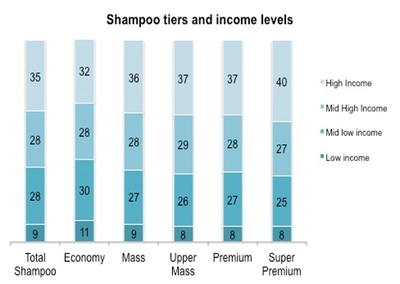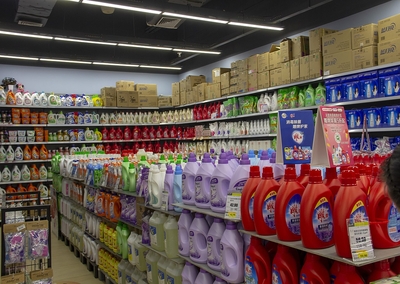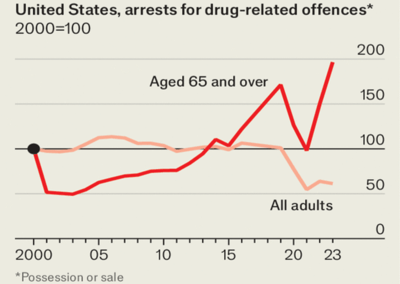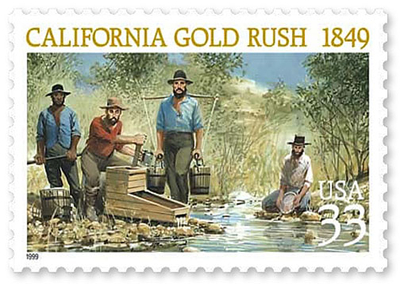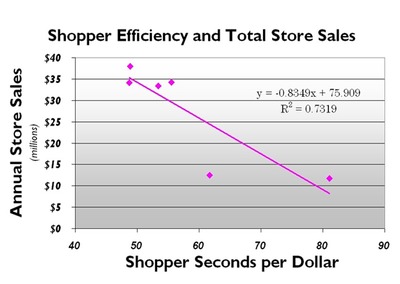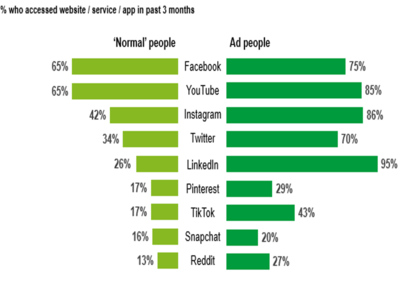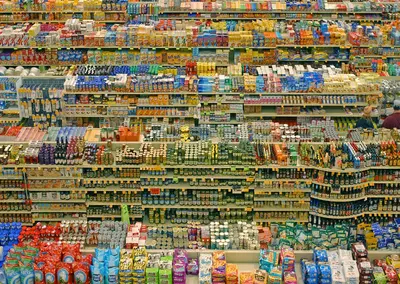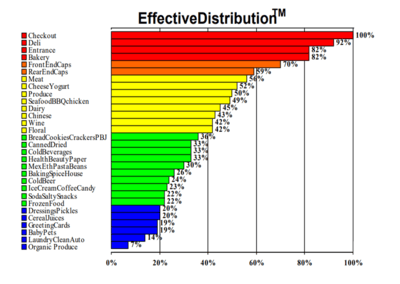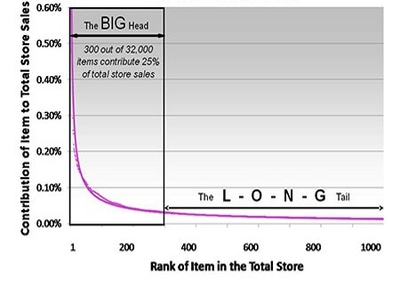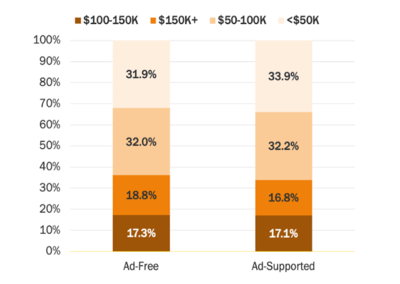In 2024, sales of plastic bags increased for the first time since 2015. Why? The cumulative effect of the online shopping boom, which uses plastic bags by default. Ocado, perhaps most synonymous with the practice, sold 221 million plastic bags in 2024 – the equivalent of 51 per cent of the total sold in the UK.
Consumer Behaviour
Received wisdom is that premium brands are bought by affluent consumers. In reality, affluent consumers are just as likely to buy mass market products as they are premium products – it’s not all about the money.
68% of people saying they bought a laundry brand in the past 3 months didn’t buy it at all (according to panel data).
Think again. Over 55s are leading the charge in alcohol and drugs usage, sexually transmitted diseases and arrests – a result of having more disposable income, looser social attitudes, and fewer childcare responsibilities.
What causes riots? A study of unrest in 50 African and Asian cities found that “peak levels of unrest occur in the upper 20s [degrees centigrade]”. In short, heat makes it nicer to be outside at night. It’s not a coincidence that the 2011 London riots started in peak August.
During Covid-19, the public was inundated with dates for lifting specific restrictions. To make things easy to follow, a developer created a handy timeline based on beer consumption (the number one priority for most of the UK).
There are 15% more same-sex couples in US places that had gold rushes (e.g. California) than counties that didn’t: rush counties were isolated, mostly uninhabited and lacked strong formal institutions, which helped shaping pro-LGBT attitudes.
Supermarkets sell more when they allow consumers to buy quickly. Conversely, a slow shopping experience limits sales.
Ad people are much more likely to use social media than the general public. It’s no wonder that so many marketers overestimate its effectiveness within the media mix.
Streetlights reduce nighttime crime by 36% and reduce “serious offending” by 4%. This is roughly the same reduction in crime you would expect from a 10% increase in policing.
Most supermarkets stock 40,000 items, but the typical household only buys 300 in a given year. So much for “seeking out the best option.”
Some supermarket sections, like the bakery, are visited by almost every shopper, while others, like greeting cards have few visitors. According to shopper scientist Herb Sorensen, 85% of in store behaviour can be accounted for by shoppers’ location, rather than the products in front of them.
In surveys, shoppers tend to say they visit most of the supermarket. But observational studies show that most cover a small fraction of it, and only 2% visit more than ¾ of the total area.
Big supermarkets sell over 40,000 products, but they’re not made the same: the top 300 account for 25% of sales. (If you’re interested, bananas and milk are usually bought most often).
Services like Netflix have started to include a cheaper, ad supported option to their offer – but interestingly, compared to the ad-free version, it’s not attracting people with less money.


